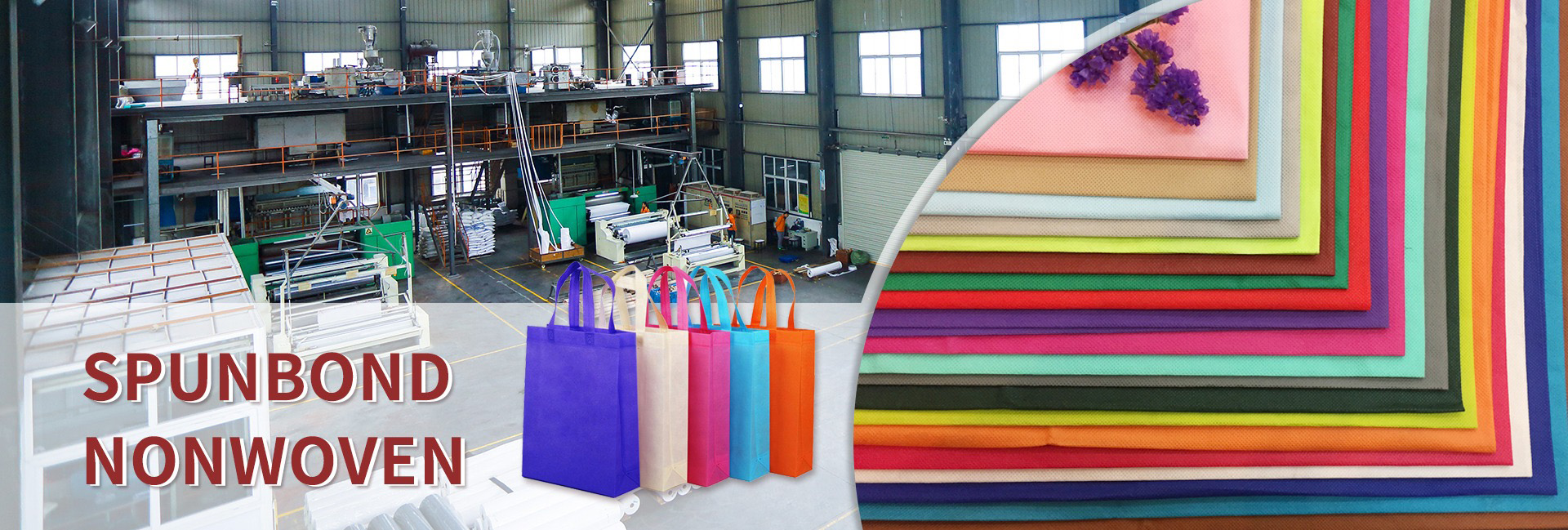Non woven fabric is a type of fiber product that does not require spinning or weaving processes. Its production process involves directly using fibers to fiberize them through physical and chemical forces, processing them into a mesh using a carding machine, and finally hot pressing them into shape. Due to its special manufacturing process and physical structure, non-woven fabric has the characteristics of water absorption, breathability, softness, and lightness, while ensuring its good durability and resistance to fading.
The advantages of nonwoven tablecloth
1. High strength: After special processing, non-woven fabric has good strength and a long service life.
2. Waterproof and oil proof: Due to the excellent physical properties of non-woven fabric, its surface has micro resistance ability, thus achieving the effect of waterproof and oil proof.
3. Easy to clean: The non-woven tablecloth has a smooth surface, dense structure, and is not easy to accumulate dust. It is convenient to use and easy to clean, and there will be no wrinkles after washing.
4. Environmental Protection: Non woven fabric materials do not contain toxic ingredients, are easy to degrade, and will not pollute the environment.
5. Low price: Non woven fabric is a relatively inexpensive material that is cost-effective to use.
Disadvantages of non woven tablecloth
1. Texture: Compared to traditional tablecloths, non-woven tablecloths have a slightly tough texture, which is lacking in feel during meals.
2. Easy to wrinkle: Non woven fabric materials are relatively soft and lightweight, and when the surface of the tablecloth is torn or rubbed, wrinkles are prone to occur.
3. Easy to scratch: The surface of non-woven tablecloth is relatively smooth, and if the user cuts vegetables, fruits, etc. on the desktop for a long time, it is easy to scratch the tablecloth.
Cleaning methods for non-woven tablecloths
Due to the characteristics of non-woven fabrics, they are generally disposable, but from a frugal perspective, they can still be cleaned, and their cleaning methods are different from traditional textiles. The following are precautions for cleaning non-woven fabrics:
1. Hand washing: Soak non-woven fabric items in warm water for 15-20 minutes, add an appropriate amount of neutral detergent, gently rub in the mixed solution, and do not pull hard to clean. After cleaning, rinse thoroughly with clean water. The non-woven fabric should not be exposed to sunlight and should be placed in a cool and ventilated place to dry.
2. Dry cleaning: As dry cleaning does not require water, it is very suitable for washing non-woven fabrics. Choosing a professional dry cleaning shop yields better results.
How to maintain non-woven tablecloth?
1. Storage: It is best to air dry non-woven fabric products, put them away in a ventilated and dry environment, and store them in a moisture-proof and insect proof cabinet.
2. Avoid direct UV radiation: Non woven fabrics are prone to fading, so they need to be stored away from direct sunlight.
3. Avoid high temperature and humidity: Non woven fabric material is not resistant to high temperature and humidity, so avoid direct sunlight and place it in a ventilated and dry environment.
Conclusion
In summary, non-woven fabric materials have many advantages and are a cost-effective material suitable for many occasions in daily life, including making tablecloths. However, compared with traditional tablecloths, non-woven tablecloths still have some disadvantages in terms of texture, wrinkling, and scratching, and users need to make choices based on their actual situation.
Post time: Oct-16-2024

